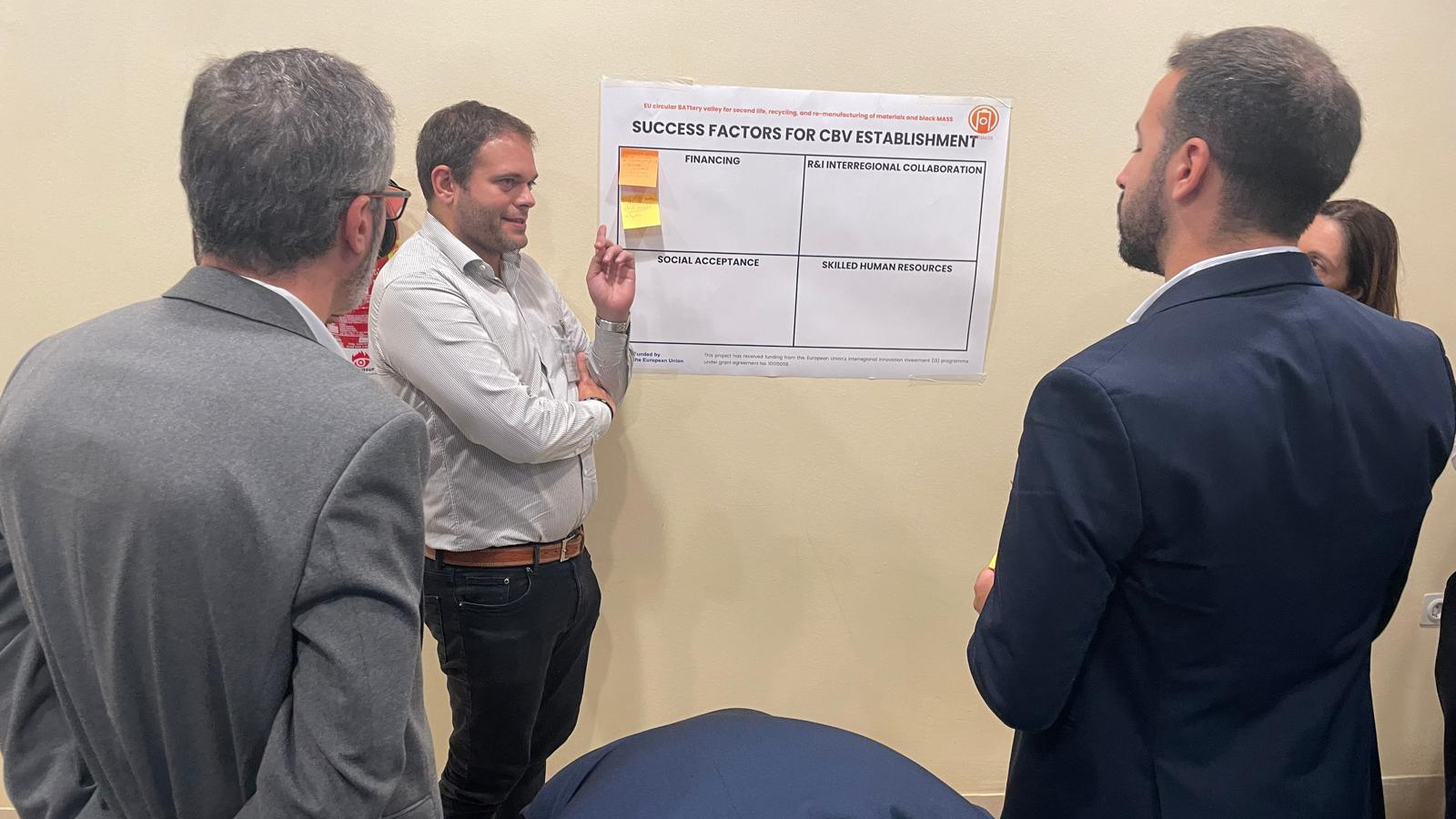
Corporación Tecnológica de Andalucía (CTA) recently hosted an impactful co-creation workshop titled “How to Implement Circularity Principles in the Battery Sector,” gathering over 25 industry professionals from across the battery value chain. This collaborative event was a significant milestone in fostering dialogue and gathering insights on the key actions needed to accelerate the development of the Circular Battery Valley (CBV), a major initiative aimed at enhancing sustainability in battery manufacturing and recycling.
The workshop was inaugurated by Marcello Colledani, the project coordinator and a professor at Politecnico di Milano, who provided an overview of the BATMASS project and its strategic goals. Colledani’s presentation laid the groundwork for an engaging discussion on the importance of circularity within the battery industry, aligning with the European Union’s Green Deal objectives for sustainable resource management.
Key Industry Leaders and Institutional Partners Drive Discussion on Circular Battery Valley
Distinguished speakers such as Rocío Palomino from the Spanish Association of Battery and Energy Storage Companies (AEPIBAL) and Marisa Borra from the Andalusian Energy Agency contributed valuable perspectives on the current challenges and future opportunities within the sector. Their insights highlighted the need for integrated approaches and cross-sector collaborations to fully realize the potential of a circular economy in Europe’s battery industry.
A major highlight of the workshop was the presentation by Pierre Padilla of N-ABLE, who introduced the concept of the CBV platform, a key component of the BATMASS project. As the task leader for the Institutionalisation of the CBV, Padilla outlined the platform’s role in uniting stakeholders from diverse regions to drive circularity innovations in battery production, recycling, and reuse.
Hands-On Co-Creation Exercise Sparks Ideas for Practical Implementation
Following the presentations, CTA led a practical co-creation exercise, inviting participants to brainstorm and prioritize critical factors needed to make circularity a standard practice in the battery sector. This exercise facilitated valuable exchanges and generated actionable insights on how to implement circularity principles effectively, emphasizing the importance of collaboration, knowledge-sharing, and adaptable technology solutions.



